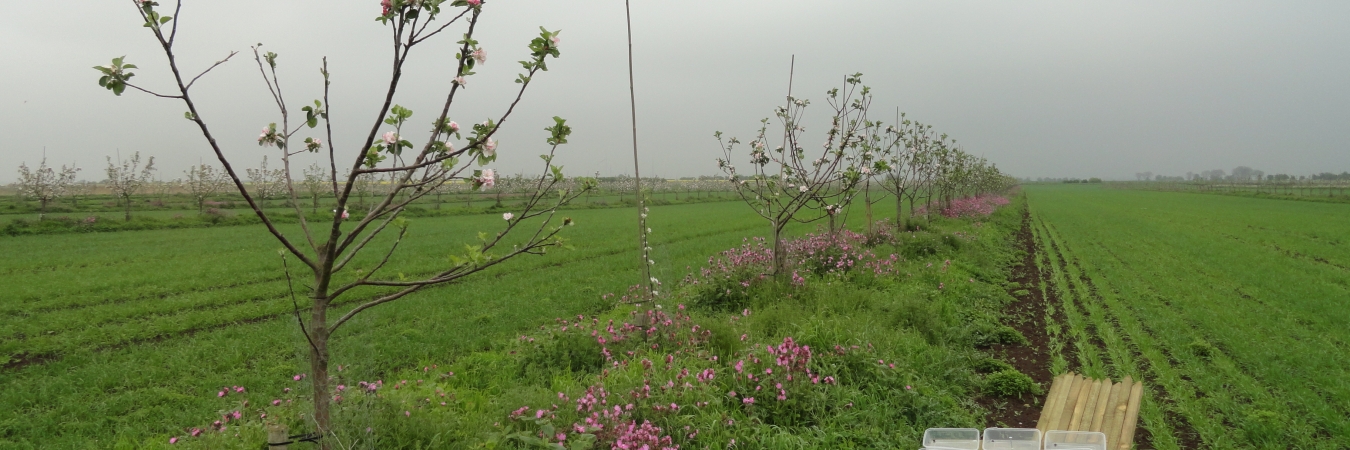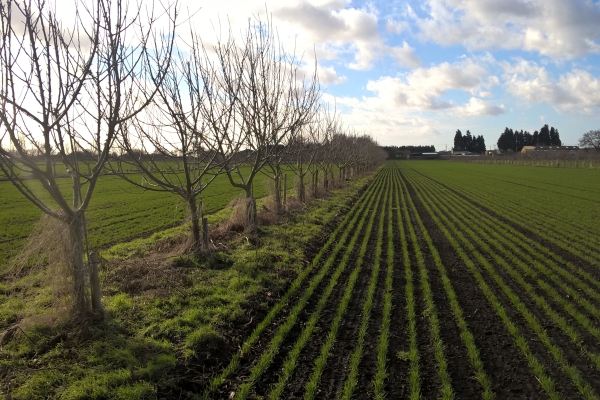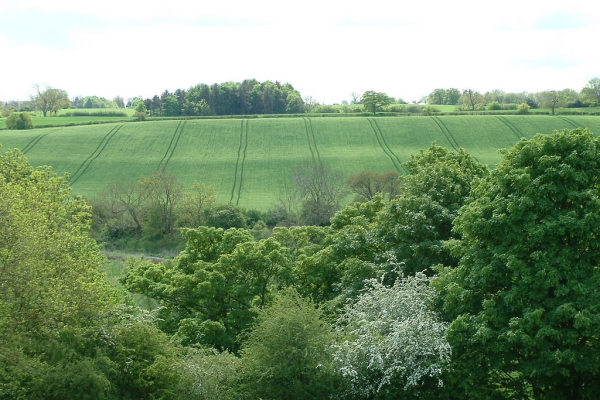Examining the impacts of integrating trees into arable fields on pest control and pollination
Woodland Trust Research Briefing
Resource explained
This is a research briefing describing an on-going NERC-funded PhD research project being run by the Woodland Trust. It investigates the extent by which silvoarable agroforestry (planting trees in arable fields) can improve productivity, profitability and sustainability while simultaneously reducing the reliance on pesticides and ‘managed’ honey bees. This research is required in order to provide farmers with evidence-based practical advice on how agroforestry systems should be designed and managed to get the best out of biodiversity by increasing the number of beneficial insects (e.g pollinators and predators of pests) while minimising problems (e.g. slug damage and increased weed numbers).
Findings & recommendations
- Silvoarable agroforestry is a farming system where trees are planted in rows within arable fields. The trees produce fruit, nuts or timber and deliver a range of environmental benefits including soil and water retention and carbon capture. The diverse habitat and additional food sources also benefits insects and other wildlife populations.
- This project is assessing the benefits and problems associated with the increased wildlife observed with agroforestry. It will provide evidence-based practical advice to farmers of how to manage agroforestry systems to maximise the benefits of pest control and pollination.
- During 2018, results on yields, insects and weed numbers from silvoarable and arable fields with no trees were compared on three different farms. Initial results support the pre-existing evidence that silvoarable increases the abundance of beneficial insects, particularly predatory spiders, parasitic wasps and pollinating wild bees. However, slug abundance was higher in silvoarable on two of the farms. This was most apparent in spring when the newly sown crops are most vulnerable.
- The abundance of other pests were lower in silvoarable.
- The greatest beneficial effects have been seen on the longest-established farm.
- On-going research is investigating how tree-row mowing influences the insect community and slug prevalence.








